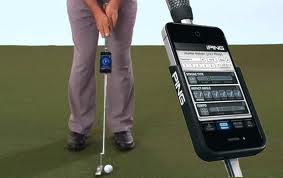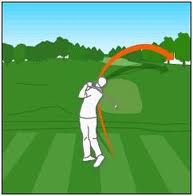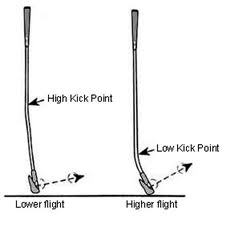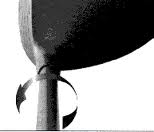I’m back with more great tips and tricks to help you lower your score and have more fun out on the golf course!
Today I wanted to share a great new gadget with everyone. It’s the iPhone app designed by Ping Golf called iPing, and it’s designed to help improve your putting!
This handy little iPhone app gives you information on three elements of your putting stroke: Stroke Type, Impact Angle, and Tempo. Stroke Type is simply the path that your putter travels on as it moves back and forth. The app will let you know if your path is straight, a slight arc, or a strong arc. Impact Angle is the position of your putter face when it makes contact with the ball. The app tells you how open or closed it was relative to the address position. Finally, the Tempo measurement is simply the timing ratio of your putting stroke (2 to 1 for example).
After the app collects your information you can share it with friends, or even compare your numbers to the Ping TOUR pros that are pre-loaded on the app!
You can’t improve what you can’t measure, and this handy new app definitely gives you the tools you need to measure improvement and develop a more consistent stroke. You can download the free app onto your iPhone or iPod Touch, and all you need is the special cradle to clip your phone to your putter.
Well, that’s all for now everyone – I’ll see you out on the course! Oh, and happy putting!
Your Friend In Golf,
James
Golf Circuit PGA Teaching Professional
Pick Up an iPing Cradle at Golf Circuit Today! <=== Click Here!




